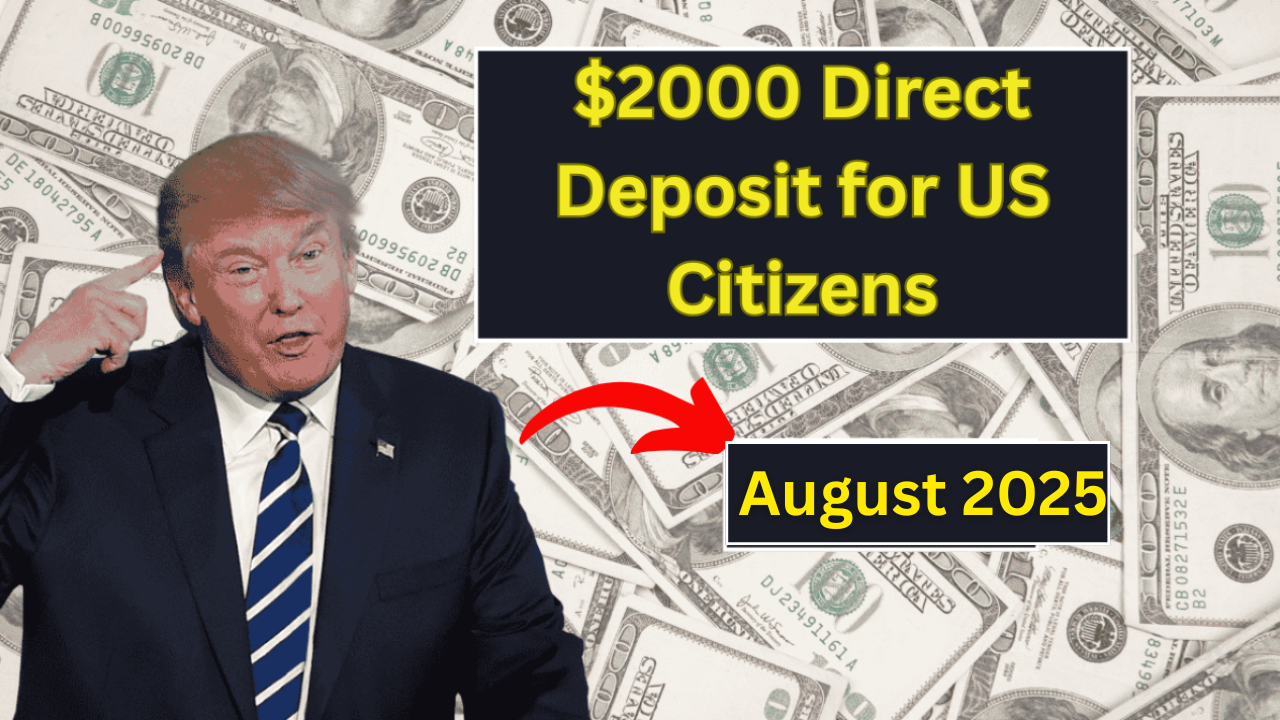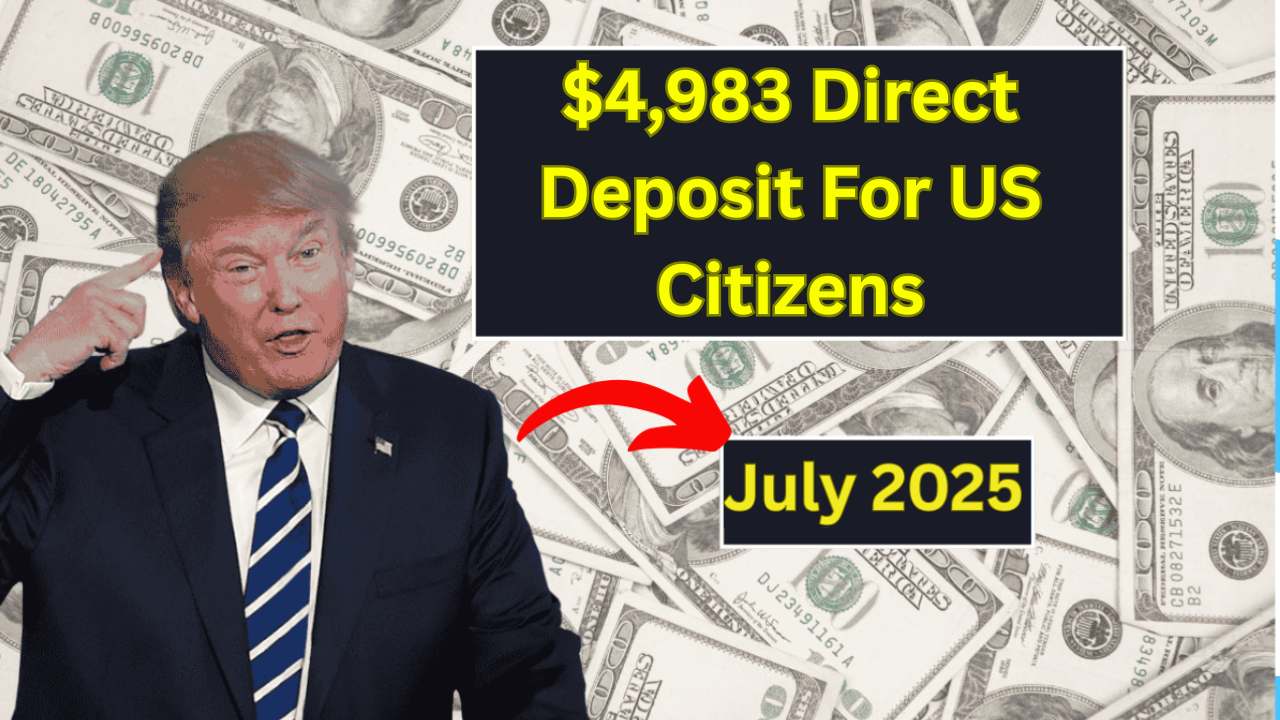$2,000 Direct Deposit:For millions of Americans struggling to keep up with rising costs, the news of a $2,000 direct deposit in August 2025 feels like a breath of fresh air. This relief payment is part of an effort to provide financial support to citizens amid ongoing inflation, job instability, and increased cost of living. While not officially labeled a “stimulus check,” this deposit has the same heart: helping American families breathe a little easier.
Let’s dive into the details — who’s eligible, how it’s being sent, and what you can expect.
What Is the $2,000 Direct Deposit?
The U.S. government has approved a one-time direct deposit of $2,000 for eligible citizens in August 2025. This initiative is targeted to assist low- and middle-income Americans as they navigate higher housing costs, food prices, and energy bills.
Although this is not part of a new stimulus bill, it’s being distributed under a financial aid measure passed in early 2025 that included tax credit adjustments and emergency reserve distributions.
Who Is Eligible for the $2,000 Direct Deposit?
The eligibility criteria for this payment are based on your income, tax filing status, and citizenship or residency. Here’s a detailed breakdown:
You ARE eligible if:
-
You are a U.S. citizen or a legal resident with a valid Social Security Number.
-
You filed taxes for 2023 or 2024 (whichever was most recently available).
-
Your adjusted gross income (AGI) is:
-
Under $75,000 for individuals
-
Under $150,000 for married couples filing jointly
-
Under $112,500 for heads of household
-
-
You’re receiving Social Security, SSI, Veterans benefits, or Disability benefits and have a valid mailing or banking address.
You are NOT eligible if:
-
Your income exceeds the thresholds mentioned above.
-
You don’t have a Social Security Number or legal U.S. residency.
-
You were claimed as a dependent on someone else’s tax return (e.g., a college student under 24).
How Will the Payment Be Made?
Just like previous rounds of financial assistance, the $2,000 will be directly deposited into your bank account if you have already provided your bank details through:
-
Tax filings (via the IRS)
-
Social Security Administration
-
Veterans Affairs
For others, paper checks or prepaid debit cards may be issued and mailed to the last address on file.
When Will the Payments Arrive?
The government has announced that most payments will begin rolling out from August 15, 2025, and should be completed by August 30, 2025.
Direct deposits will likely arrive faster, within the first week of processing. Checks may take a bit longer, depending on the postal service.
Do You Need to Apply?
No application is necessary. If you filed your taxes and meet the eligibility criteria, your payment will be automatically processed. However, if you haven’t filed your taxes recently, or your banking details have changed, it’s crucial to update your information on the IRS portal or through the SSA website, if applicable.
Why This Payment Matters
In today’s economic climate, $2,000 can make a real difference — whether it’s used to pay rent, buy groceries, cover a utility bill, or just catch up on essentials. For seniors, parents, and part-time workers, especially, this deposit could be the lifeline they’ve been hoping for.
It’s not just about the money — it’s about peace of mind, a bit of relief, and a reminder that help can still come when it’s needed most.
Frequently Asked Questions (FAQs)
Q.1 Is this the 4th stimulus check?
Not officially. While it’s being treated like one, this $2,000 direct deposit is part of a financial relief measure tied to tax credit reforms and not a new stimulus bill.
Q. 2. Will everyone get $2,000?
No. Only those who meet the income and residency requirements will receive the full amount. Payments may also be reduced for those near the income threshold.
Q.3 I didn’t file taxes. Can I still get it?
Possibly. If you receive Social Security, SSI, SSDI, or VA benefits, and your information is current, you may still qualify. But it’s best to file a simple return or update your details.



